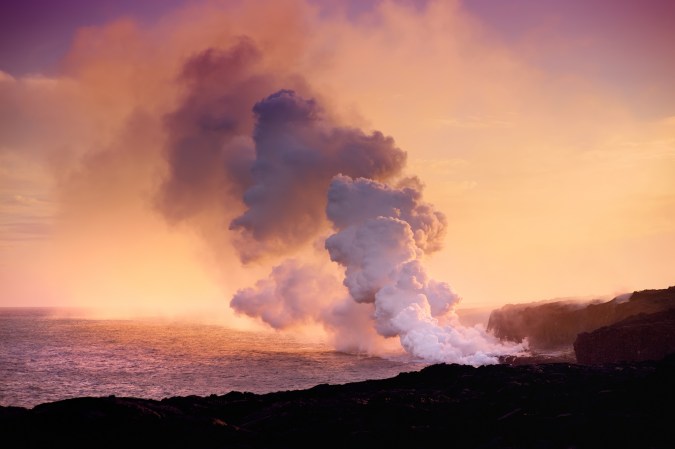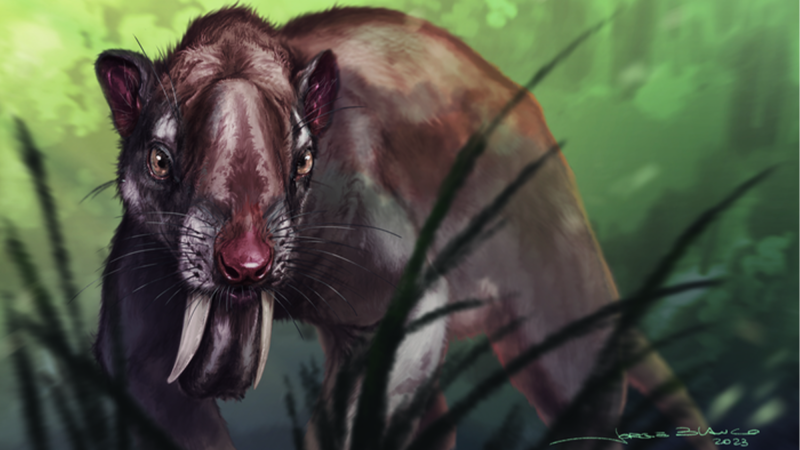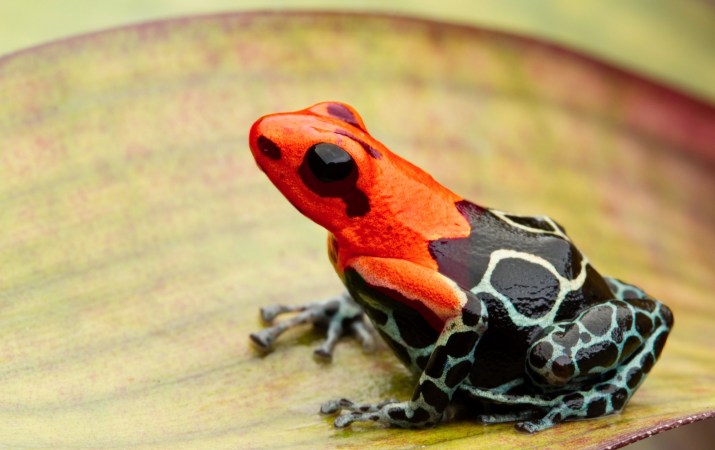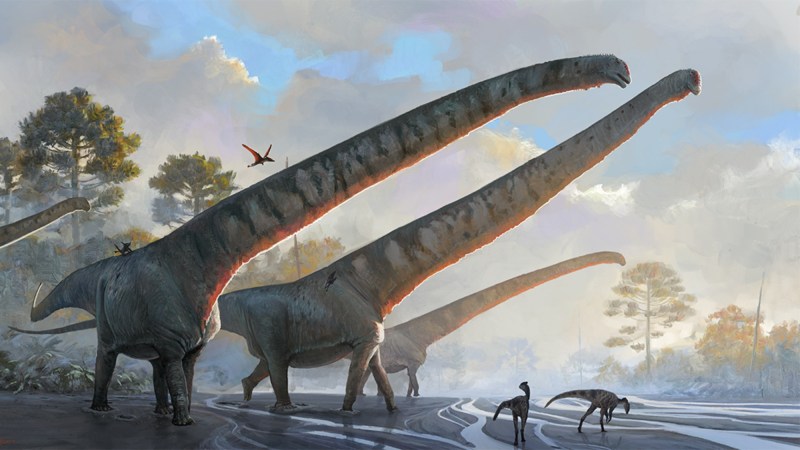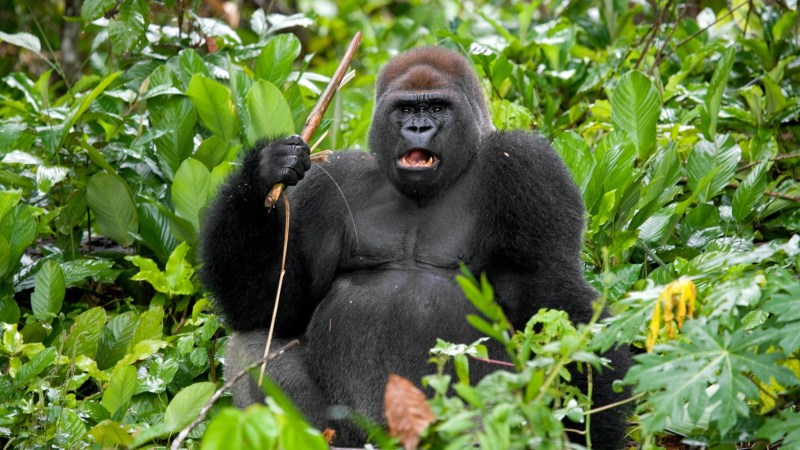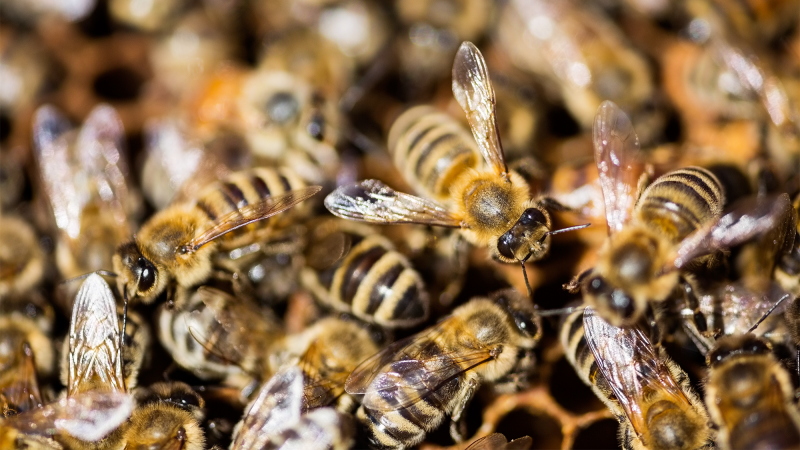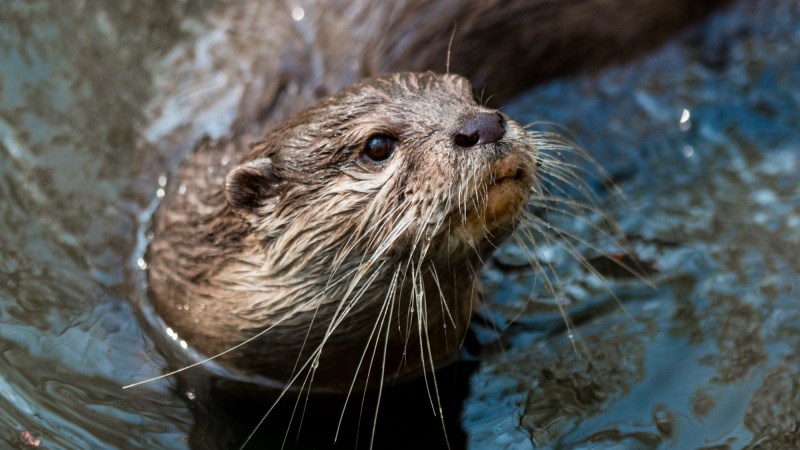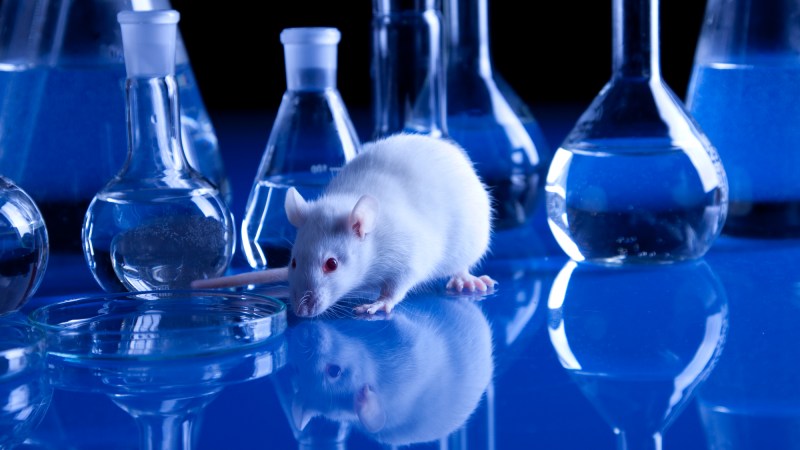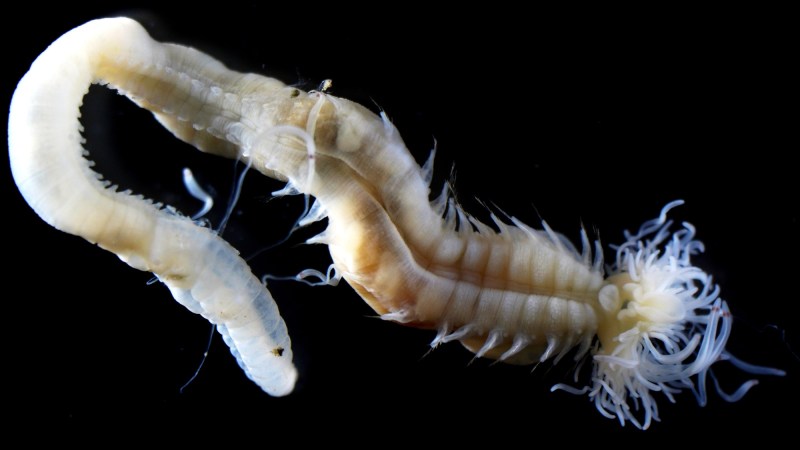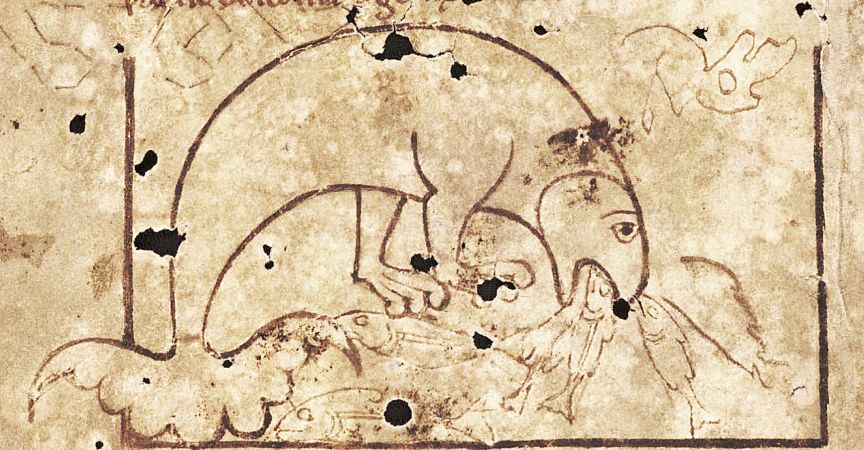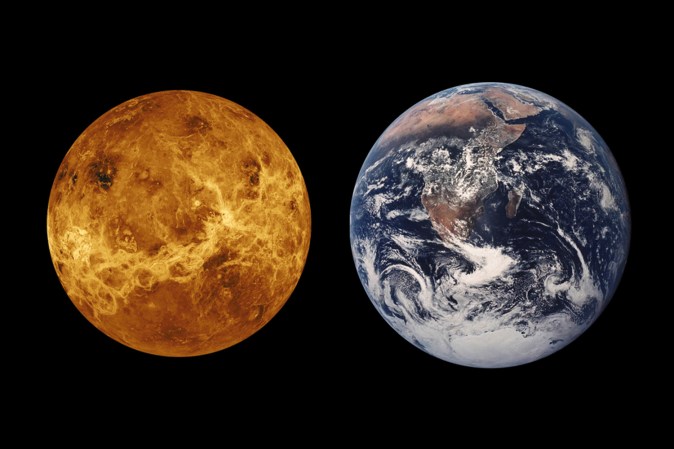

Ancient organisms that bobbed through Earth’s waterways at least 1.6 billion years ago may not seem to have much in common with humans, but we couldn’t have evolved without eukaryotes called Protosterol Biota. A team of researchers have found a “lost world” of these ancient organisms inside a rock that had formed at the bottom of the ocean near Australia’s present day Northern Territory. The findings are described in a study published June 7 in the journal Nature.
[Related: Fossil trove in Wales is a 462-million-year-old world of wee sea creatures.]
Eukaryotes like Protosterol Biota have a complex cell structure that includes the mitochondria (known by many as the powerhouse of the cell) and a nucleus that acts as the cell’s control and information center. Modern eukaryotes on Earth include plants, fungi, animals and unicellular organisms like amoeba. All creatures whose cells house a nucleus can trace their lineage back more than 1.2 billion years ago to the Last Eukaryotic Common Ancestor (LECA).
According to the researchers, Protosterol Biota may have been the first predators on Earth. They inhabited marine ecosystems around the world and likely played a large role in shaping the ecosystem. Protosterol Biota also lived at least one billion years before any animal or plant species emerged.
“Molecular remains of the Protosterol Biota detected in 1.6-billion-year-old rocks appear to be the oldest remnants of our own lineage – they lived even before LECA. These ancient creatures were abundant in marine ecosystems across the world and probably shaped ecosystems for much of Earth’s history,” co-author and biogeochemist at the University of Bremen in Germany Benjamin Nettersheim said in a statement. “Modern forms of eukaryotes are so powerful and dominant today that researchers thought they should have conquered the ancient oceans on Earth more than a billion years ago.”
Fossilized remains of eukaryotes are very scarce, even though modern eukaryotes are very powerful and dominant today. Researchers believed they should have conquered ancient oceans more than a billion years ago, and evolutionary scientists have been trying to piece together a puzzle. Why didn’t our highly capable eukaryotic ancestors eventually dominate the world’s waterways, and where they were hiding?
“Our study flips this theory on its head. We show that the Protosterol Biota were hiding in plain sight and were in fact abundant in the world’s ancient oceans and lakes all along. Scientists just didn’t know how to look for them – until now,” said Nettersheim.
[Related: Scientists genetically engineered prehistoric proteins to detect diseases.]
Protosterol Biota thrived from about 1.6 billion years ago up until roughly 800 million years ago and were more complex than bacteria. They were also probably larger than bacteria, but scientists still don’t know what they looked like. They may have been Earth’s first predators, hunting down and munching on smaller bacteria.
The team studied fossil fat molecules that were found inside the rocks in Australia. The molecules had a primordial chemical structure that offered clues to the existence of early complex creatures that evolved before LECA and had since gone extinct.
“Without these molecules, we would never have known that the Protosterol Biota existed. Early oceans largely appeared to be a bacterial world, but our new discovery shows that this probably wasn’t the case,” said Nettersheim.
During a period called the Tonian Transformation, which took place about 1,000 to 720 million years ago, more advanced nucleated organisms including algae and fungi began to flourish. However, scientists still do now know exactly when the Protosterol Biota went extinct.
“The Tonian Transformation is one of the most profound ecological turning points in our planet’s history,” Jochen Brocks, a study co-author and geobiologist at Australia National University, said in a statement. “Just as the dinosaurs had to go extinct so that our mammal ancestors could become large and abundant, perhaps the Protosterol Biota had to disappear a billion years earlier to make space for modern eukaryotes.”
